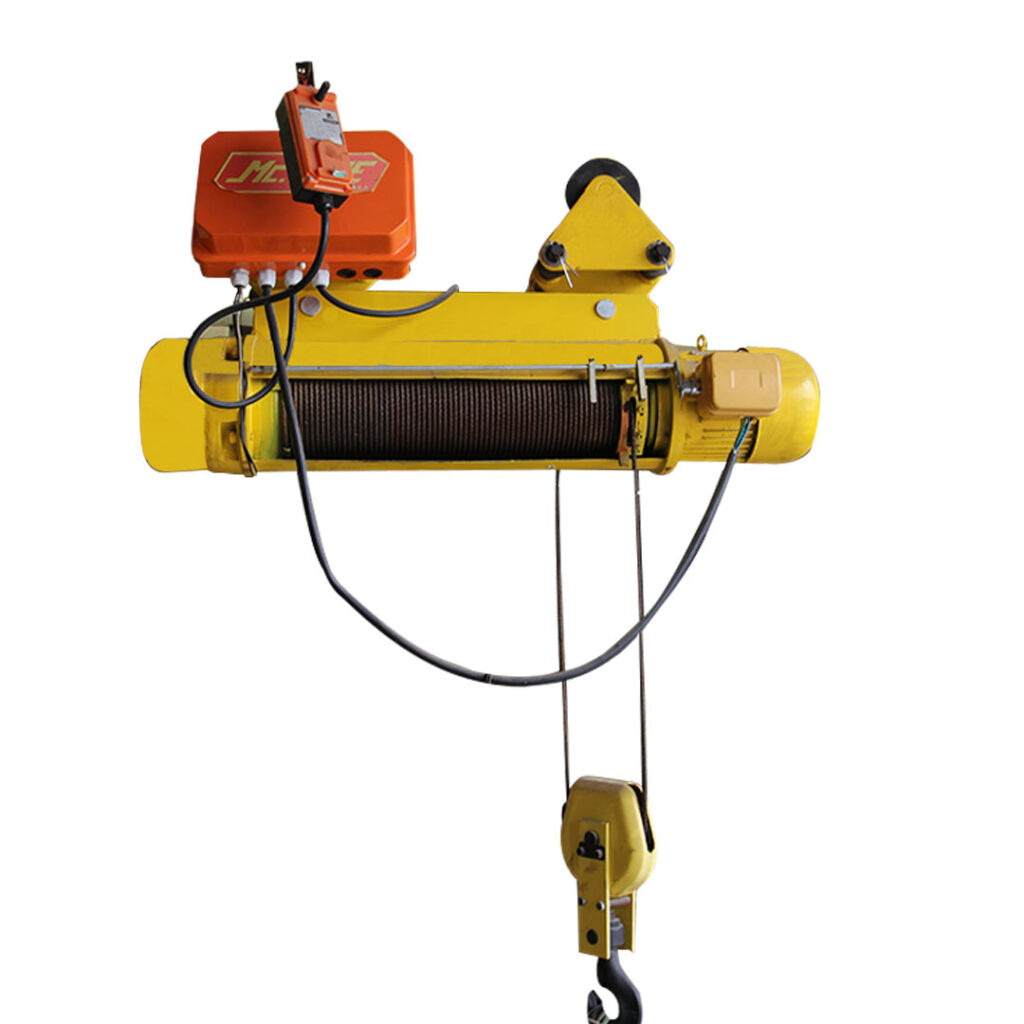In the ever-evolving landscape of industrial logistics, electric hoists have emerged as pivotal tools, revolutionizing the way goods are handled, transported, and stored. Precision lifting, enabled by these advanced devices, significantly enhances efficiency, safety, and overall operational productivity in warehouses, manufacturing plants, and construction sites. Electric hoists leverage electricity to lift and lower heavy loads with remarkable accuracy and speed, reducing the physical strain on workers and minimizing the risk of injury. By automating the lifting process, these hoists allow for a more streamlined workflow, as operators can quickly move materials to their desired locations without the delays associated with manual lifting or traditional mechanical systems. One of the most notable benefits of electric hoists is their capacity for precision and control. Modern electric hoists are equipped with sophisticated features such as variable speed control, load monitoring, and remote operation capabilities. These advancements enable operators to execute lifting tasks with greater accuracy, ensuring that heavy items are positioned precisely where needed.

For instance, in assembly lines where components must be accurately aligned, electric hoists can facilitate seamless integration of parts, thus improving product quality and reducing errors. Additionally, the ability to operate hoists from a distance enhances safety by allowing operators to maintain a safe distance from potential hazards while still managing the lifting process. Electric hoists also contribute to increased productivity within industrial settings. Their rapid lifting speeds significantly reduce cycle times, allowing for more efficient handling of materials. This efficiency is especially crucial in high-demand environments, where delays can result in lost revenue and hindered project timelines. Furthermore, electric hoists often require less maintenance than their manual counterparts, leading to reduced downtime and lower operational costs. As a result, businesses can achieve higher throughput with fewer resources, making electric hoists a smart investment for any logistics operation. Moreover, the integration of electric hoists into logistics systems promotes a safer working environment. Traditional manual lifting methods pose inherent risks, including musculoskeletal injuries, slips, and falls.
By adopting polipasto eléctrico, companies can minimize these risks, as the physical burden of lifting heavy loads is alleviated. This not only protects employees but also fosters a culture of safety, which can lead to improved morale and employee retention. In the context of sustainability, electric hoists also offer an environmentally friendly alternative to traditional lifting solutions. By utilizing electric power, these hoists reduce reliance on fossil fuels, contributing to a lower carbon footprint in industrial operations. Additionally, many modern electric hoists are designed with energy-efficient motors and intelligent control systems, further enhancing their eco-friendly appeal. In conclusion, electric hoists are transforming industrial logistics through their precision lifting capabilities, enhanced productivity, and commitment to safety and sustainability. As industries continue to embrace technological advancements, the role of electric hoists will only become more critical in achieving operational excellence. Their ability to streamline processes, protect workers, and reduce environmental impact positions them as essential tools in the future of logistics and material handling.
